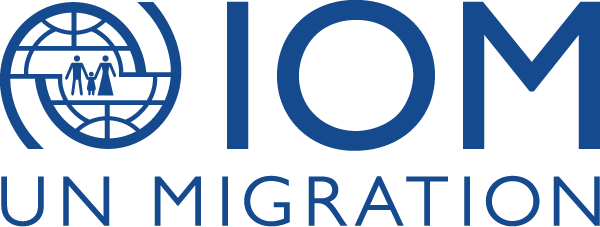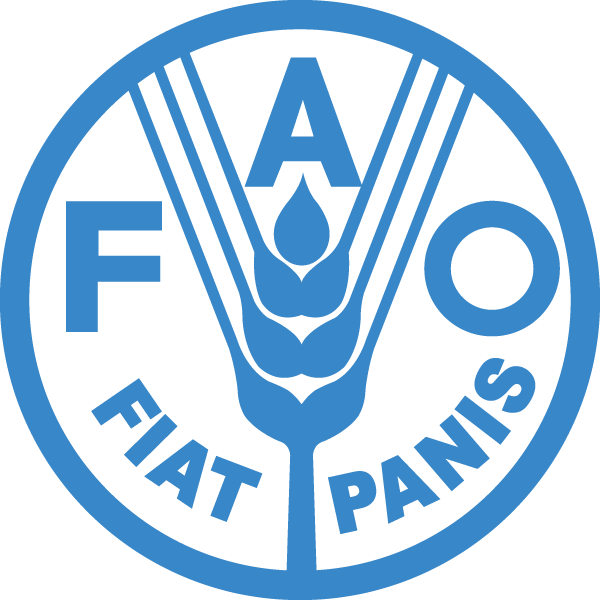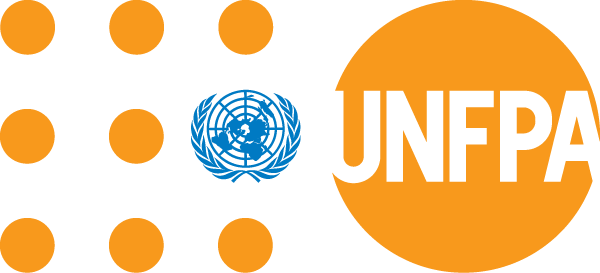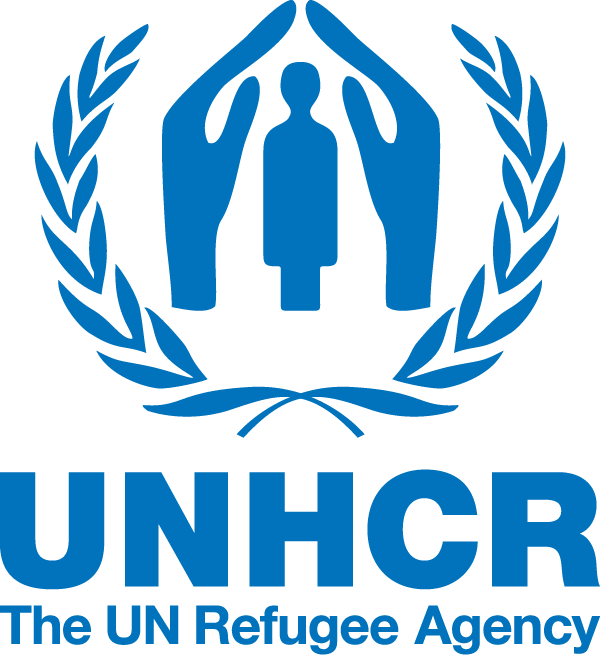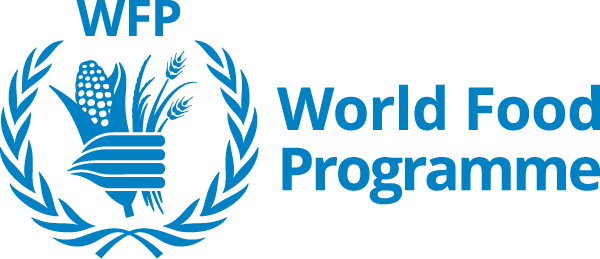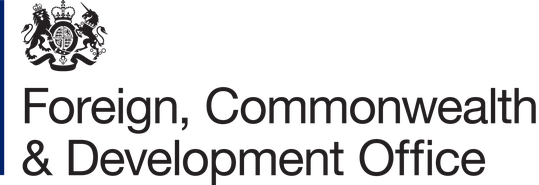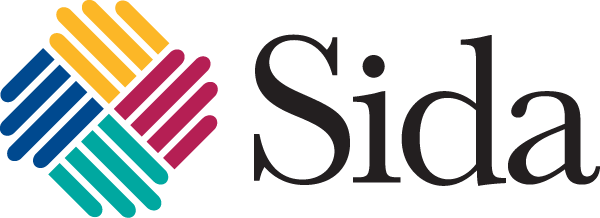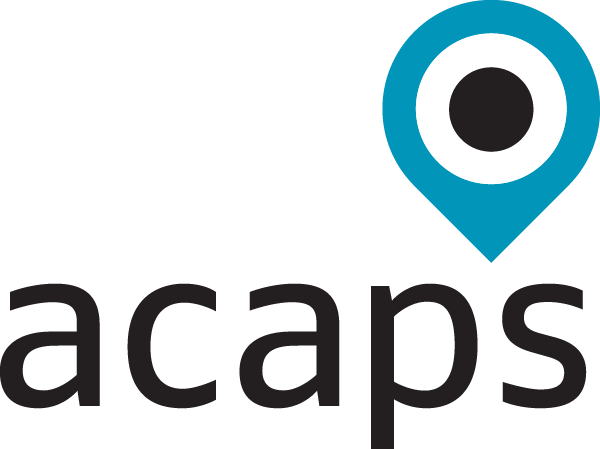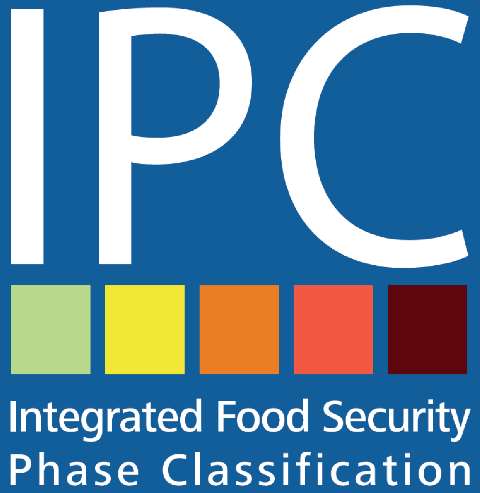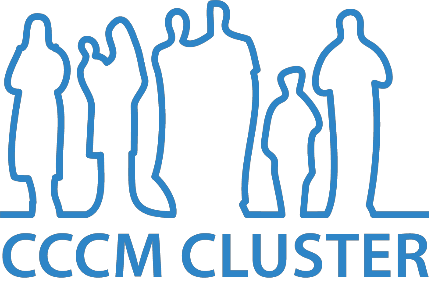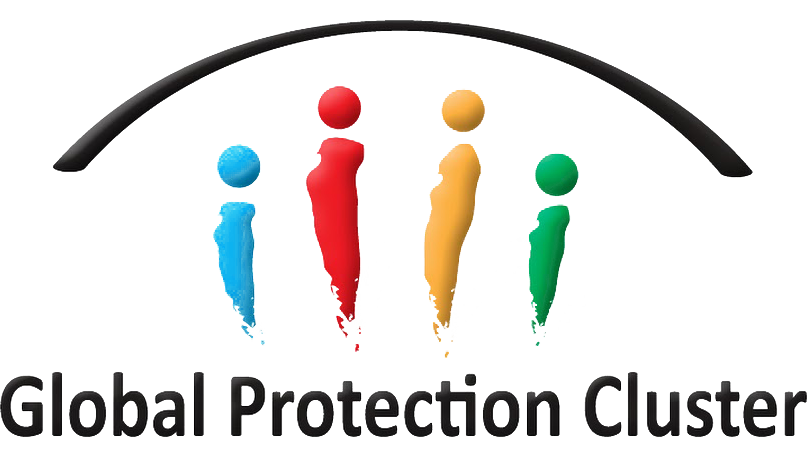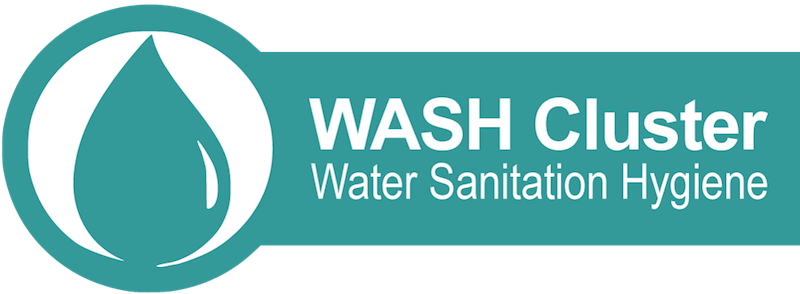WHAT
JIAF 2 is the Joint and Intersectoral Analysis Framework (JIAF) setting global standards for the analysis and estimation of humanitarian needs and protection risks of populations in crises.
WHY
To improve the way humanitarian actors jointly plan and respond to crises, through a rigorous, evidence-based, and comprehensive joint and intersectoral analysis system.
WHO
JIAF 2 is the product of a partnership of donors, United Nations agencies, NGOs, global clusters and areas of responsibility, and specialized agencies under the auspices of the Grand Bargain.
HOW
OCHA and the clusters lead the JIAF in each crisis context to inform Humanitarian Needs and Response Plan (HNRPs). Donors use the HNRPs underpinned by the JIAF analysis to inform their contributions to responses.
WHEN
JIAF has been applied in humanitarian response operations since 2020. The methodology was revised in a two-year collaborative process following an independent review in 2021, culminating in the development of JIAF 2. Lessons from its rollout prompted additional refinements for the updated JIAF 2.
THE ASK
All humanitarian actors are asked to further strengthen and institutionalize the JIAF across the humanitarian community. Beyond financial resources, ownership and engagement at regional and country levels in promoting people-centred, joint and intersectoral needs analysis is critical for success.
JIAF 2 is people-centered. People affected by crises have multiple humanitarian needs, spanning different sectors. The JIAF 2 approach answers the key questions of how many people need humanitarian assistance, the nature, drivers and severity of their needs, and how sectoral needs overlap and co-exist, enabling decisionmakers to coordinate and implement a more effective response.
Frequently Asked Questions
JIAF 2 sets global standards for the estimation and analysis of humanitarian needs and protection risks. The JIAF’s primary objective is to inform strategic decision-making, response analysis, and response planning through a rigorous, evidence-based, and comprehensive joint and intersectoral analysis framework.
JIAF 2 provides an IASC-endorsed methodology to generate the estimations of humanitarian needs that inform the Humanitarian Programme Cycle (HPC). JIAF 2 relies on quantitative and qualitative methods to generate the evidence base that underpins the needs analysis presented in the Humanitarian Needs and Response Plan (HNRPs) and, consequently, the collective humanitarian response. Its outputs inform strategic decision making on humanitarian assistance and protection, including how many people need humanitarian assistance and their characteristics, the nature, drivers and severity of their needs, and how sectoral needs overlap and co-exist.
The JIAF provides:
- Definition of the crisis and who it is affecting: What is driving the crisis (i.e. conflict, climate shocks etc.) and who is affected by it.
- Estimation of the overall magnitude of humanitarian need, resulting from the crisis: How many people are in need of humanitarian assistance and protection, irrespective of which sectors the needs originate from.
- Identification of the people and places most in need of humanitarian assistance and protection: Which population groups and geographic areas face the most severe needs as a result of the compounding effect of overlapping needs in different sectors.
- Assessment of whether an inter-sectoral catastrophe is unfolding: Based on an analysis of Outcome Indicators, collectively agree whether an inter-sectoral catastrophe is occurring, and where (i.e. whether the highest severity of need is reached and in which locations).
- Estimation of sectoral needs, in an interoperable and commonly understood way: How many people face needs in specific sectors, and how severe their needs are, using a common interoperable reference.
- Identification of Intersectoral patterns and linkages: How people’s needs overlap, co-exist, and interrelate.
People impacted by crises have multiple humanitarian needs. A displaced child needs access to school but may also need to travel far to collect water for her family during daylight hours. A young woman may need protection from gender-based violence but may also need immediate shelter for her family. An elderly person needs access to health services but may also need access to toilets and soap, to prevent him from getting sick again. What do they need first? What do they need most urgently? Which needs are linked and interrelated, and should be considered together?
Responding to people’s multiple needs in an appropriate way requires joint action and coordination across the humanitarian community. At the heart of this joint action is joint needs assessment and analysis: the JIAF.
The JIAF process enables humanitarian actors to understand the complexity of a crisis, and its impact on different population groups. With this information, we can plan and deliver in a more tailored and effective way.
Following an independent review in 2021, UN agencies, NGOs, specialized agencies, clusters and donors joined forces to further strengthen and adapt the JIAF 1 methodology. Learning from the application of the JIAF 1 and a two-year process of consultations, (re)design, testing and learning, including academic and applied research culminated in the development of JIAF 2 and its implementation as part of the 2024 HPC.
In January 2024, an in-depth lessons exercise was conducted to evaluate the implementation of JIAF 2. Based on its findings, deliberated by the JIAF Steering Committee in February and the JIAF Methodology Working Group in March, the JIAF technical manual and accompanying tools were further refined and improved for the JIAF 2, for rollout as part of the 2025 HPC.
There was global acceptance at the World Humanitarian Summit in 2016, that as the gap widens between ever-growing global humanitarian needs and the funding available to meet them, a more coherent and transparent approach to analyzing and presenting needs was needed[1].
This became one of the key Grand Bargain commitments (on Needs Assessment) and triggered the conceptualization of the JIAF.
[1] Two evaluations of the Cluster Approach, in 2007 and 2010, highlighted the strengths and the challenges of the cluster system. Cross-sectoral analysis was highlighted as a key area for improvement. (source: humanitarianresponse.info)
The JIAF is an interagency partnership coordinated by OCHA. OCHA is the operational arm of the partnership and provides the secretariat and coordination of all activities. Global partners provide strategic guidance through the JIAF Steering Committee, senior technical advice through the JIAF Advisory Group, and support training and analysis at the country level through the Methodology Working Group.
Technical development of the JIAF is coordinated through the multi-agency Methodology Working Group comprising of specialists from UN Agencies, Global Clusters, donors, NGOs and other related needs analysis stakeholders (e.g. the Integrated Phase Classification for Food Security).
The development of JIAF 2 was coordinated by an interagency Project Management Unit (PMU), which was physically housed in OCHA Geneva, with staff contracted by IOM, until June 2023. After June 2023, OCHA assumed full coordination responsibility for the JIAF.
In January 2024, OCHA’s Assessment, Planning and Monitoring Branch (APMB) conducted an in-depth lessons exercise to evaluate implementation of JIAF 2.0. Based on the findings of the lessons exercise, deliberated by the JIAF Steering Committee in February and the JIAF Methodology Working Group in March, APMB’s Needs and Response Analysis Section (NARAS), together with the MWG, led a light refinement of the JIAF technical manual and accompanying tools.
JIAF implementation is embedded into the HPC timeline and builds on existing collaboration across sectors and stakeholders at the country level. JIAF 2 requires two multi-partner working sessions with representatives of all sectors, OCHA, UN agencies, NGOs, and relevant partners. The working sessions are organized to set the stage, discuss, and review sectoral analysis, and to complete intersectoral analysis. The actual country process, including timelines, activities, and participants can be adapted to the country context as needed. For example, some countries may implement sub-national activities while others may only do national level working sessions. Some countries may also include more than two multi-partner working sessions, or distribute JIAF activities differently over time, depending on the country context.
The JIAF partnership is committed to ensuring that JIAF 2 products meet global standards and respond to the needs of decision-makers.
Quality of JIAF 2 analyses will result from a combination of different components, including technical standards (tools, reference tables and detailed step-by-step guidance on how to complete analyses), an online cloud-based Analysis Platform, serving as one-stop place for analysts to review evidence and conduct analyses, multi-partner workshops to conduct evidence-based technical discussions for sectoral and intersectoral analyses, a coherent capacity development plan, and an analysis support mechanism, including day-to-day support and in-depth support to facilitate consensus.
The quality assurance mechanism includes multiple channels for the country level to seek day-to-day analysis support during JIAF implementation, as well as interagency in-depth support to facilitate consensus around complex or contentious issues. Channels for country practitioners to connect with global level JIAF support include the JIAF Helpdesk, a focal point system that pairs each HPC operation with a JIAF Global Expert to provide remote support or deploy where needed, as well as dedicated open house sessions with Global Experts.
The JIAF Helpdesk is managed by OCHA and supported by partner representatives that are part of the JIAF Methodology Working Group or those who have been trained as JIAF Global Experts. The Helpdesk is accessible directly through the Analysis Platform or through the email JIAFhelpdesk@gmail.com. Any partner can raise a request for support via the Helpdesk. In case of a break in consensus at country level on the implementation of JIAF 2 methods, process and tools, partners can raise a request for in-depth support.

